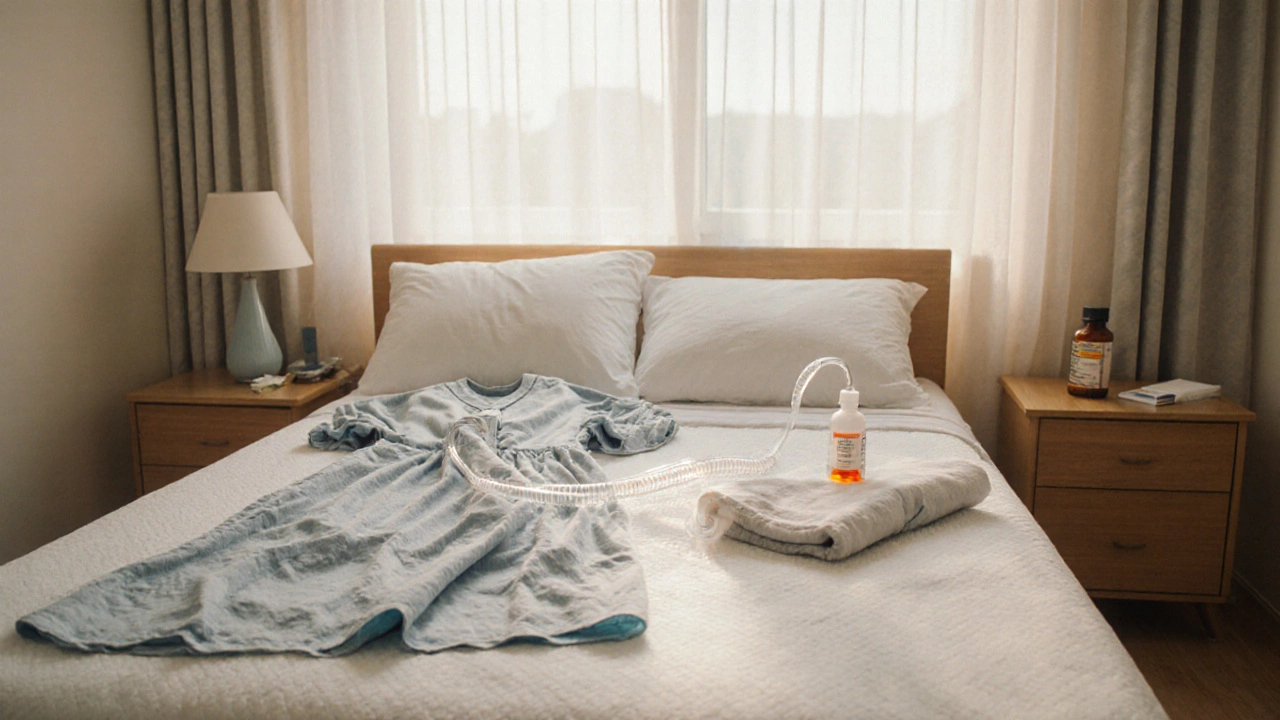Open Heart Surgery Recovery: What to Expect and How to Heal Faster
When you or someone you love has open heart surgery, a major procedure to repair or replace heart valves, bypass blocked arteries, or fix structural issues. Also known as coronary artery bypass grafting (CABG)**, it’s not just about surviving the operation—it’s about rebuilding your life afterward. The recovery isn’t a straight line. It’s messy, slow, and full of small wins—like walking to the mailbox without stopping, or sleeping through the night without pain.
Most people spend 5 to 7 days in the hospital after surgery, but the real work begins at home. Your sternum, the breastbone cut open during surgery, takes 6 to 8 weeks to heal enough to handle light lifting. Full recovery? That can take 3 to 6 months. Many think they’ll feel normal in a month. They don’t. Fatigue hits hard. Memory gets fuzzy. Mood swings are common. This isn’t weakness—it’s biology. Your body just had its chest pried open. It needs time.
Cardiac rehabilitation isn’t optional—it’s your best tool. cardiac rehabilitation, a supervised program combining light exercise, education, and emotional support cuts your risk of another heart event by nearly 30%. It’s not gym classes with old people. It’s science-backed pacing: starting with 5-minute walks, tracking heart rate, learning how to breathe through discomfort. Most hospitals offer it. If yours doesn’t, ask for a referral. Don’t wait until you’re ready—start when you’re told to.
What you eat matters just as much as what you do. Skip the salty soups and fried chicken. Your heart doesn’t need extra fluid or plaque-building fats. Focus on lean protein, leafy greens, oats, and nuts. Water is your friend. Too much salt? Swelling. Too little protein? Muscles waste. You’re not dieting—you’re repairing.
And don’t ignore the mental side. Anxiety after open heart surgery is normal. So is depression. You’re not broken for feeling this way. Thousands feel it. Talk to someone. Join a group. If you’re still struggling after 2 months, ask your doctor about counseling. Mental health isn’t a bonus—it’s part of healing.
Some people rush back to work. Others stay home too long. The sweet spot? Most return to desk jobs in 6 to 8 weeks. Manual labor? Maybe 3 months. Listen to your body. If your chest aches when you lift, don’t lift. If you’re dizzy walking to the bathroom, sit down. Pushing too hard leads to setbacks—sometimes worse than the surgery itself.
Medications are non-negotiable. Blood thinners, beta-blockers, statins—they’re not suggestions. Missing doses raises your risk of clots, another heart attack, or stroke. Keep a pill organizer. Set phone alarms. Ask a family member to check in. This isn’t about being obedient—it’s about staying alive.
What you’ll find in these posts? Real stories from people who’ve been through it. Practical checklists for the first 30 days. What to pack for the hospital. How to help a loved one without smothering them. Warning signs that mean you need to call a doctor—right now. And yes, even how to sleep without waking up in pain. This isn’t theory. It’s what works.
Essential Home Recovery Checklist After Open Heart Surgery
A practical home‑recovery guide covering supplies, medication, wound care, mobility aids, diet, monitoring devices, and emotional support after open heart surgery.
read more
